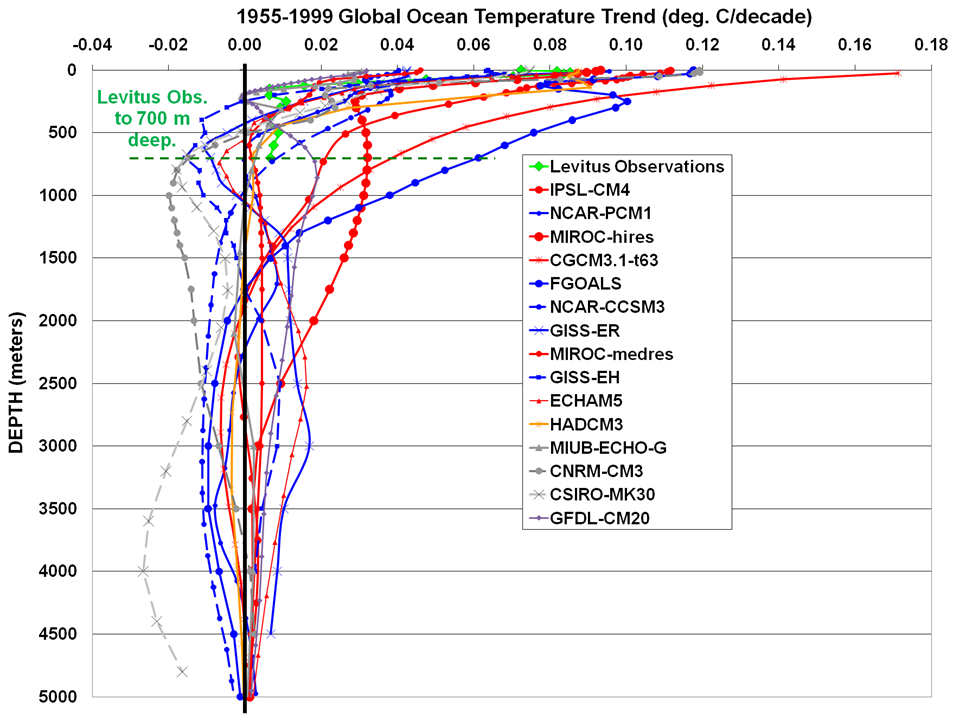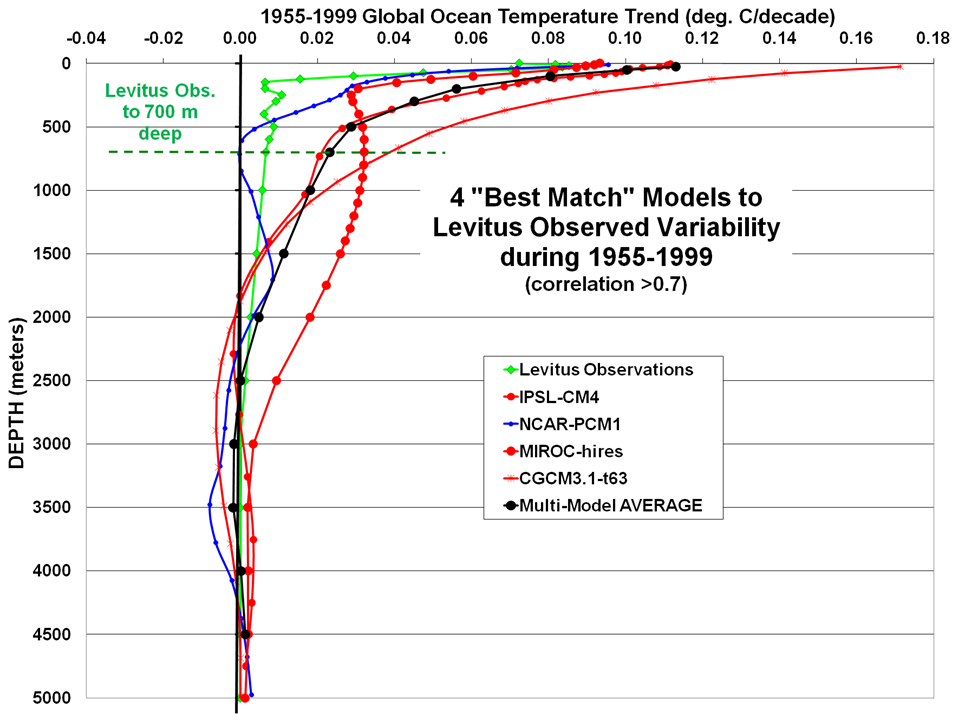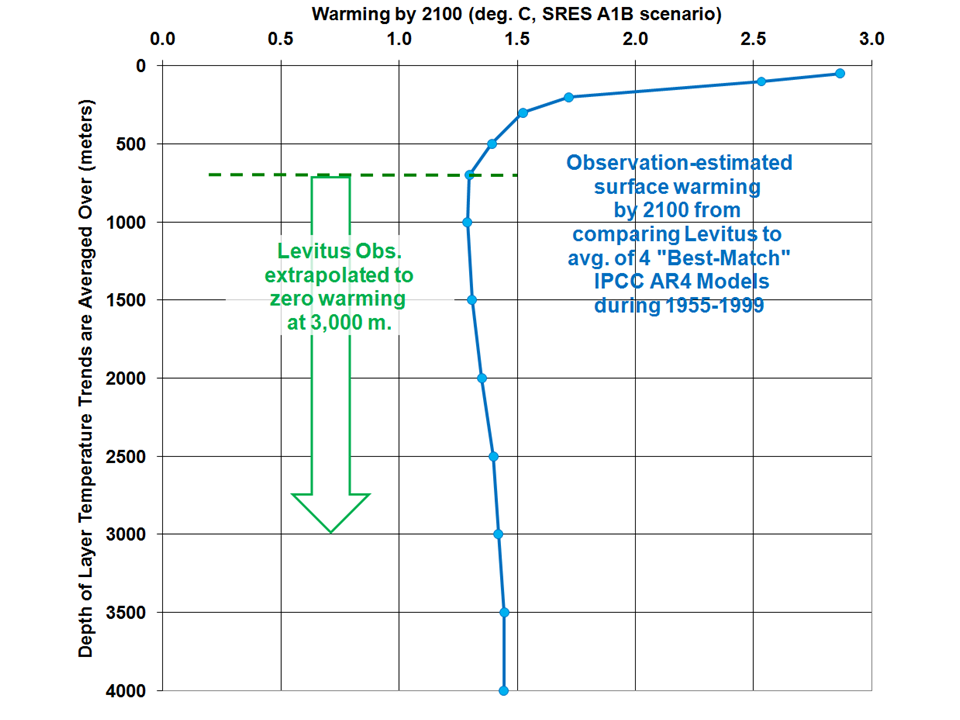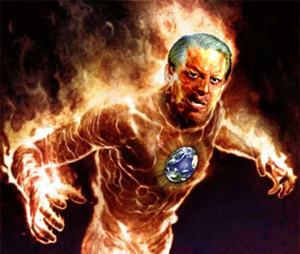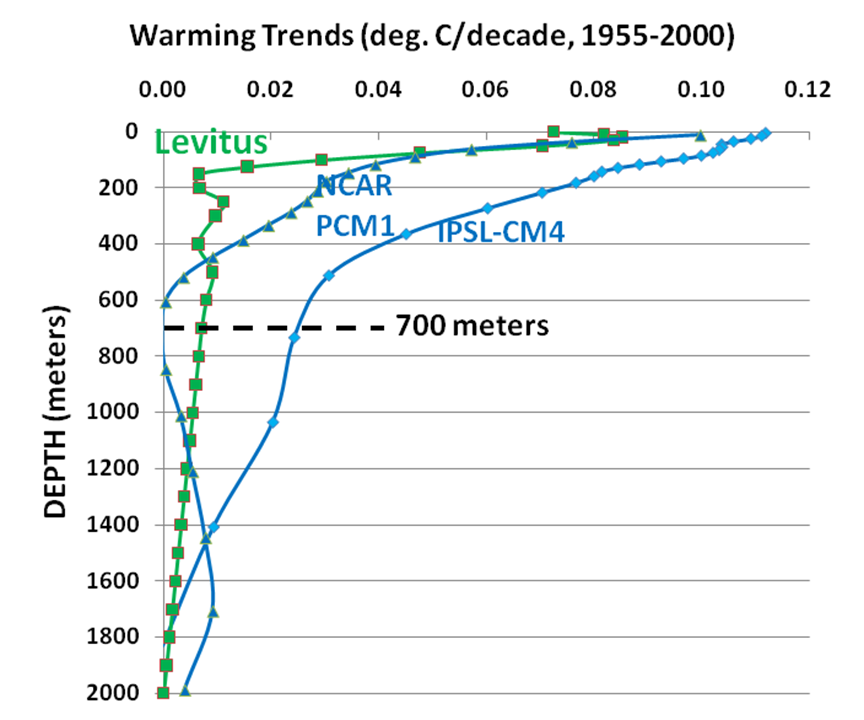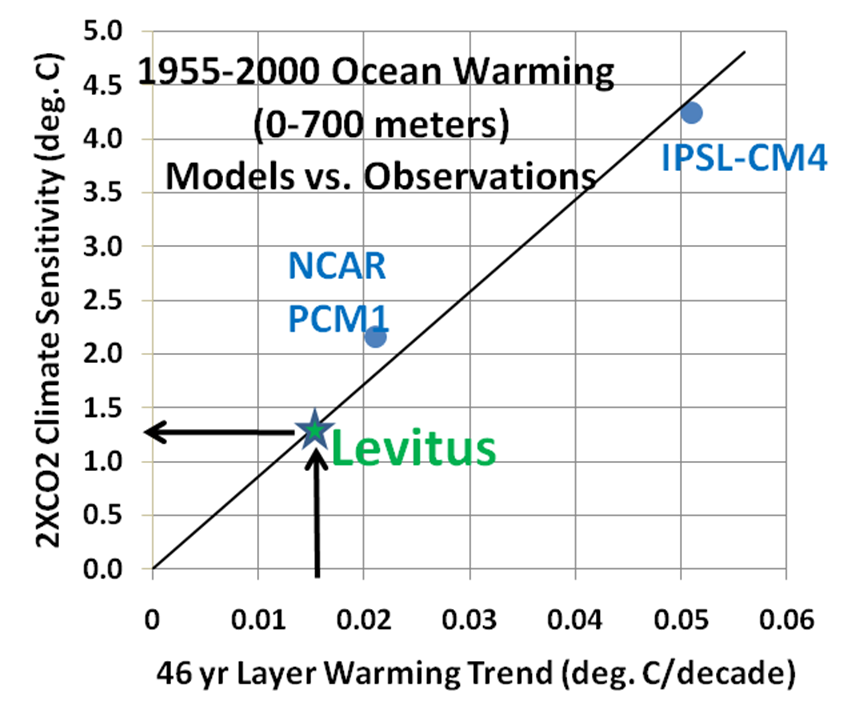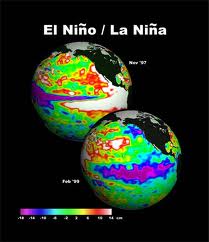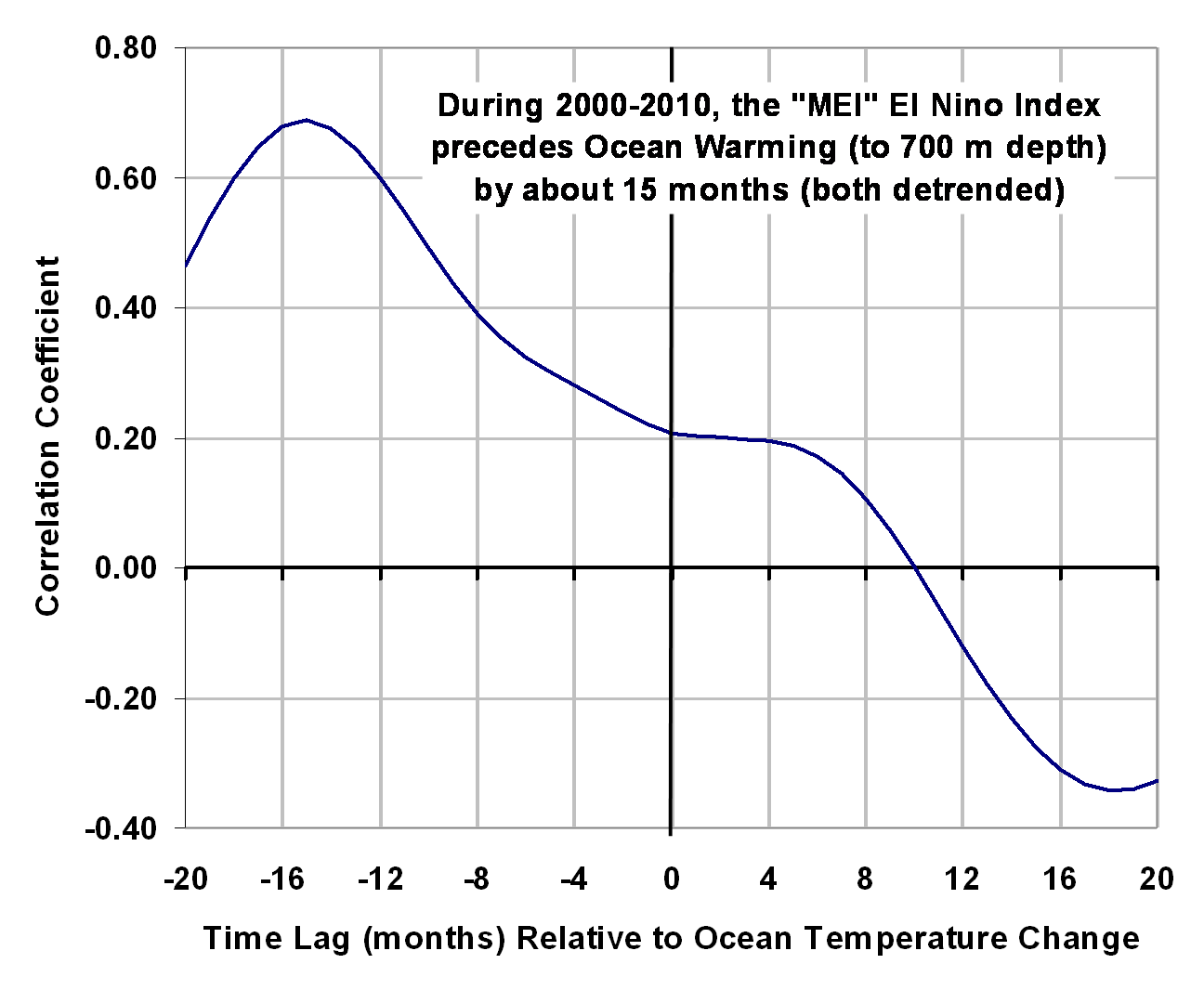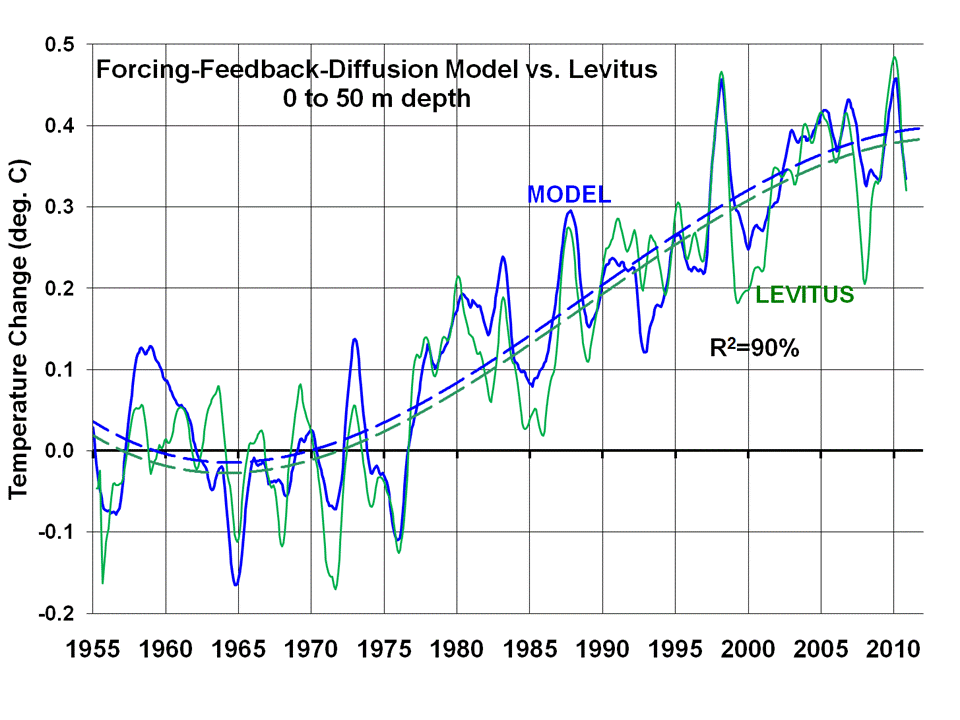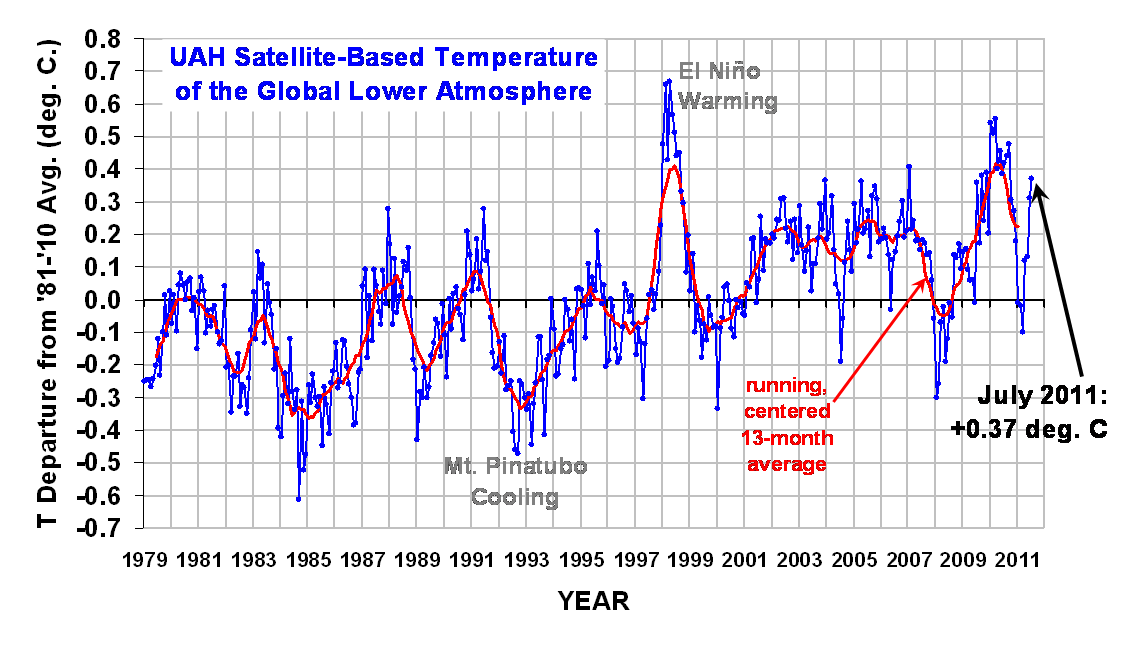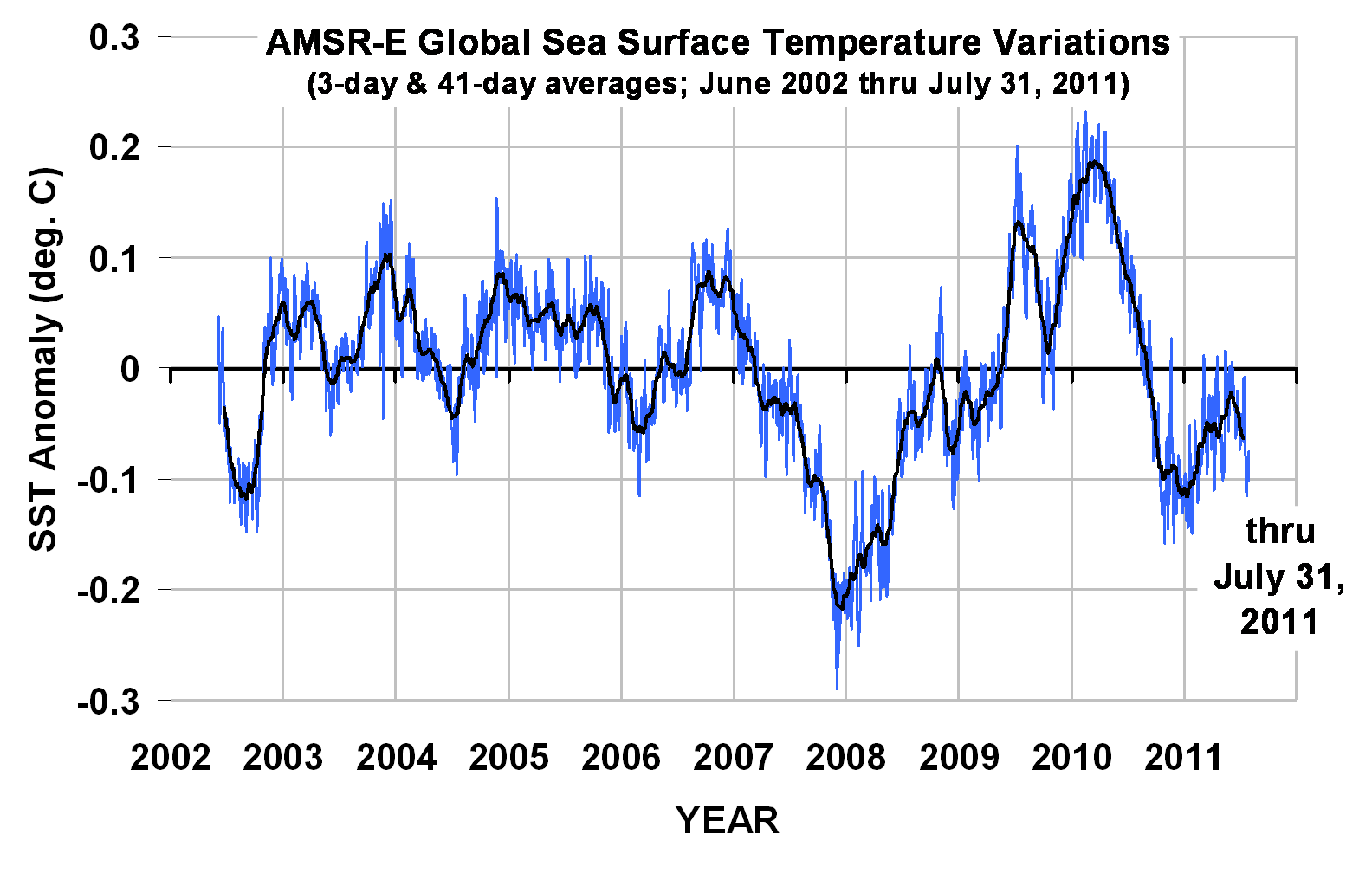Maybe the best way to summarize the main message of this post is this:
There have been no weather events observed to date – including Hurricane Irene — which can be reasonably claimed to be outside the realm of natural climate variability.
Now, you can believe – as Al Gore claims – that the present warm period we are experiencing has caused more hurricanes, more tornadoes, too much rain, too little rain, too much snow, too little snow, etc., but those are matters of faith, not of observable scientific reality.
Until a month or so ago, we were near record lows in global tropical cyclone activity, after a precipitous 6-year drop following the most recent 2005 peak in activity (click for full size version):
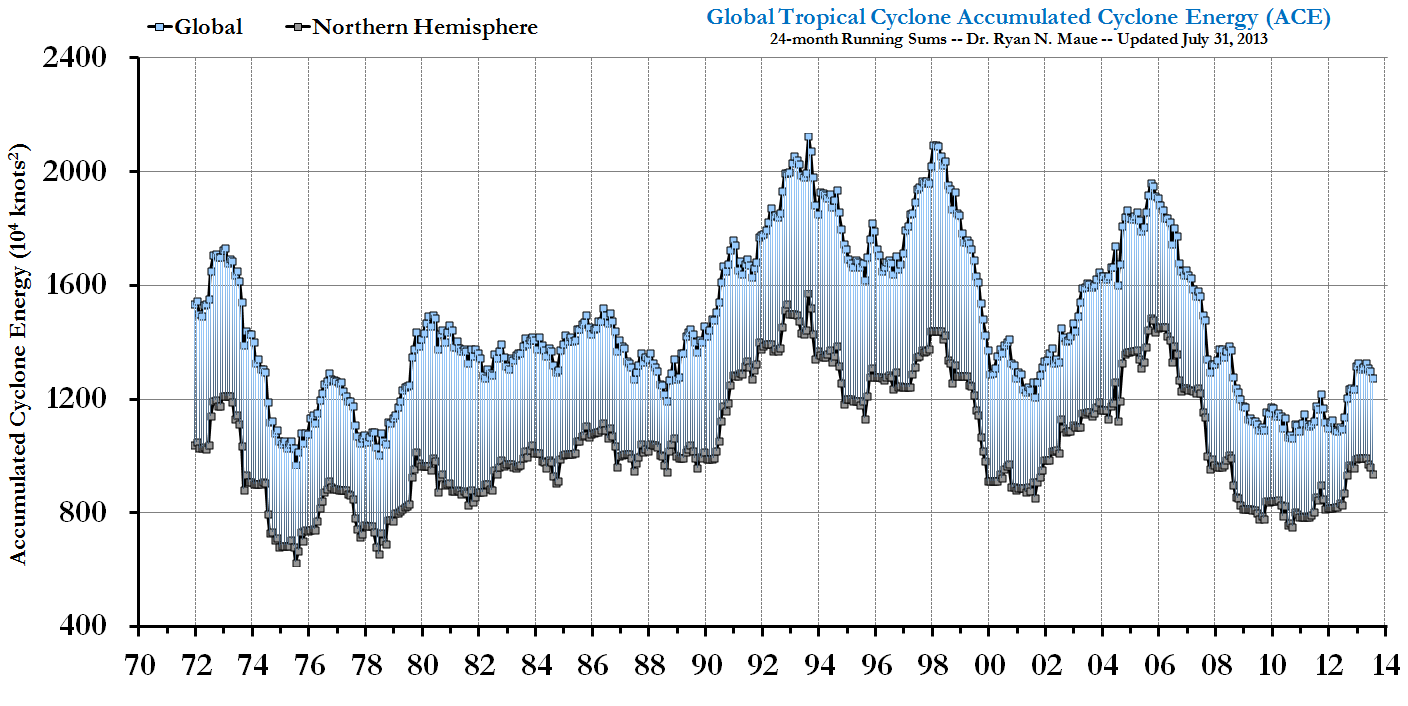
From what I can tell at Ryan Maue’s website, it sounds like global activity is now back up and running about normal.
Also, we have not had a Cat 3 or stronger hurricane make landfall in the U.S. in almost 6 years now, which is the longest ‘drought’ for U.S. landfalling major hurricanes on record.
There is even published evidence that the 1970s and 1980s might have experienced the lowest levels of hurricane activity in 270 years (Nyberg et al. 2007 Nature 447: 698-702), and that the 20th Century (a period of warming) experienced less hurricane activity than in previous centuries (Chenoweth and Divine 2008 Geochemistry, Geophysics, Geosystems).
Claims that warming “should” or “will” cause more hurricanes are based upon theory, that’s all. What I have listed are based upon historical events, which suggest (if anything) periods of warmth might also be periods of fewer hurricanes, not more.
24 Hours of Denying Reality
On September 14, Al Gore will host a “global” event called 24 Hours of Reality, which is part of his Climate Reality Project. As the website states:
“24 Hours of Reality will focus the world’s attention on the full truth, scope, scale and impact of the climate crisis. To remove the doubt. Reveal the deniers. And catalyze urgency around an issue that affects every one of us.”
From what I have been hearing, Mr. Gore will be emphasizing record weather events as proof of anthropogenic global warming. What most people don’t realize is that you can have a 100 year weather record event every year, if they are in different places.
Besides, as a meteorologist I must question the whole idea of 100-year event. Since even the longest weather station datasets only go back about 100 years, it is questionable whether we can even say what constitutes a 100-year event.
I especially dislike Gore’s and others’ use of the pejorative “denier”. Even some climate scientists who should know better have started using the term.
What exactly does Mr. Gore think we “deny”? Do we deny climate? No, we were studying climate since before he could spell the word.
Do we deny global warming? No, we believe it has indeed warmed in the last few hundred years, just like it did before the Medieval Warm Period around 1000 AD:
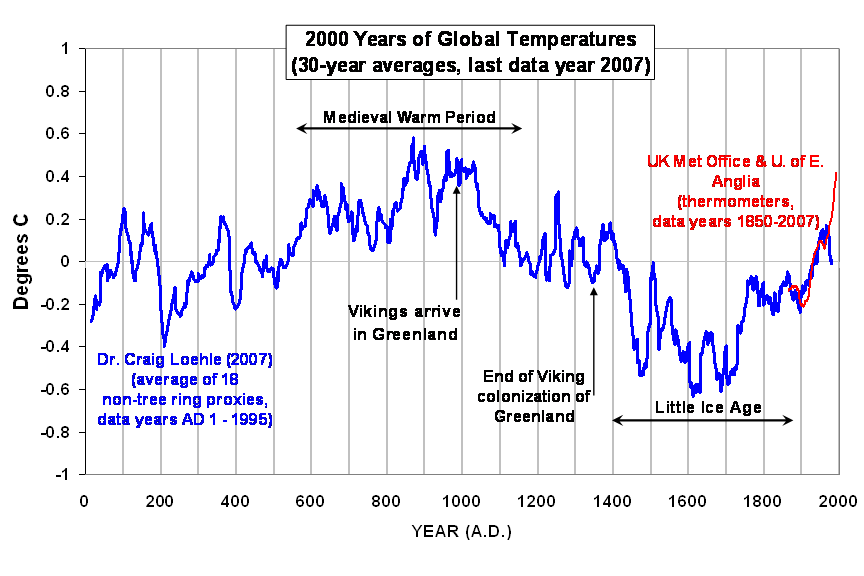
So what do we deny, if anything? Well, what *I* deny is that we can say with any level of certainty how much of our recent warmth is due to humanity’s greenhouse gas emissions versus natural climate variability.
No one pays me to say this. It’s the most obvious scientific conclusion based upon the evidence. When the IPCC talks about the high “probability” that warming in the last 50 years is mostly manmade, they are talking about their level of faith. Statistical probabilities do not apply to one-of-a-kind, theoretically-expected events.
I could have done better in my career if I played along with the IPCC global warming talking points, which would have led to more funded contracts and more publications.
It is much easier to get published if you include phrases like, “…this suggests anthropogenic global warming could be worse than previously thought” in your study.
In contrast, Mr. Gore has made hundreds of millions of dollars by preaching his message of a “climate crisis”.
I would say that it is Mr. Gore who is the “climate denier”, since he denies the role of nature in climate variability. He instead chooses to use theory as his “reality”.
What I worry about is what will happen if we get another Hurricane Andrew (1992) which hit Miami as a Cat 5, or Camille in 1969, also a Cat 5. The reporters will probably have heart attacks.

 Home/Blog
Home/Blog